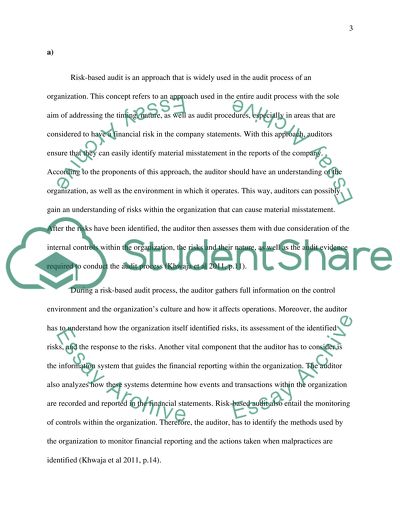Cite this document
(“Audit & Assurance: Internal Control Deficiencies Essay”, n.d.)
Retrieved from https://studentshare.org/finance-accounting/1682446-audit-assurance-internal-control-deficiencies
Retrieved from https://studentshare.org/finance-accounting/1682446-audit-assurance-internal-control-deficiencies
(Audit & Assurance: Internal Control Deficiencies Essay)
https://studentshare.org/finance-accounting/1682446-audit-assurance-internal-control-deficiencies.
https://studentshare.org/finance-accounting/1682446-audit-assurance-internal-control-deficiencies.
“Audit & Assurance: Internal Control Deficiencies Essay”, n.d. https://studentshare.org/finance-accounting/1682446-audit-assurance-internal-control-deficiencies.


